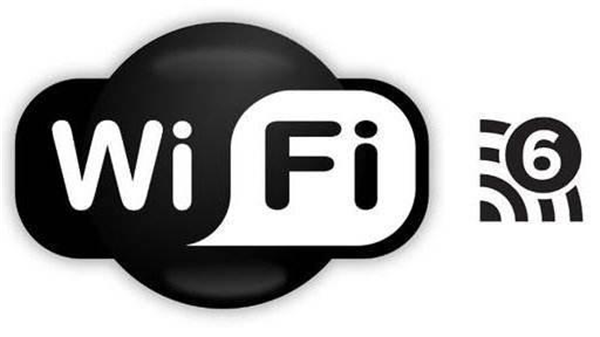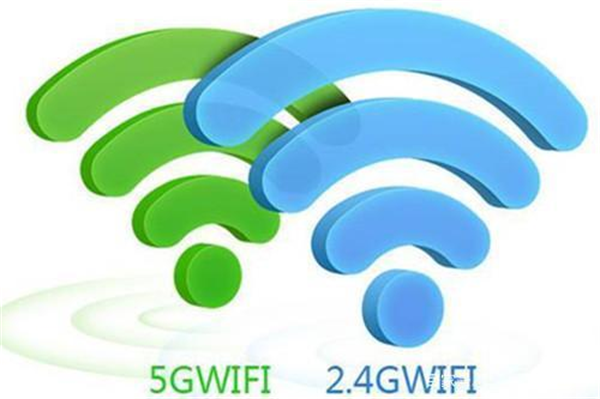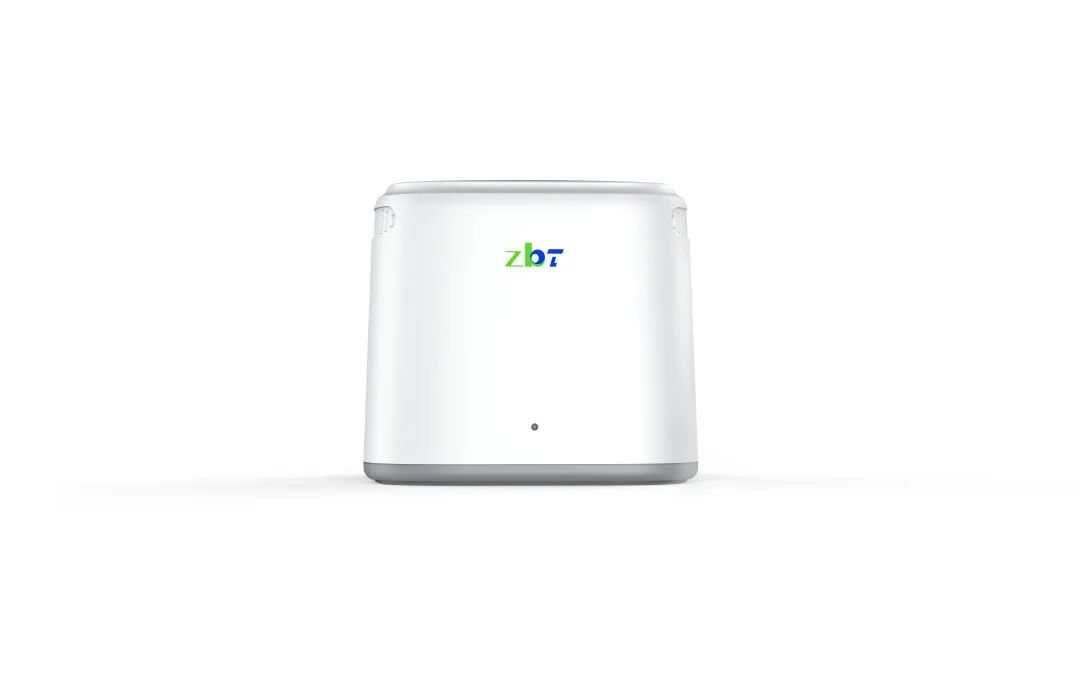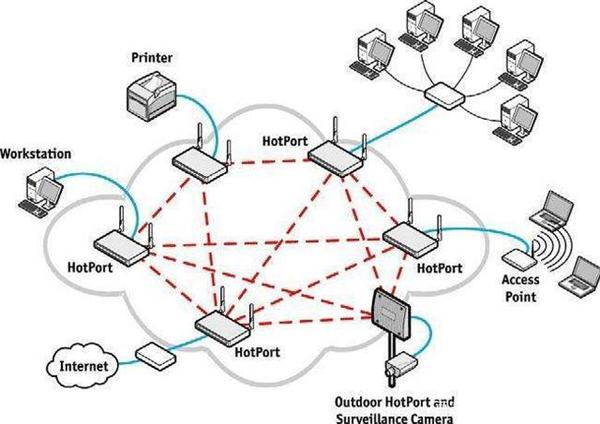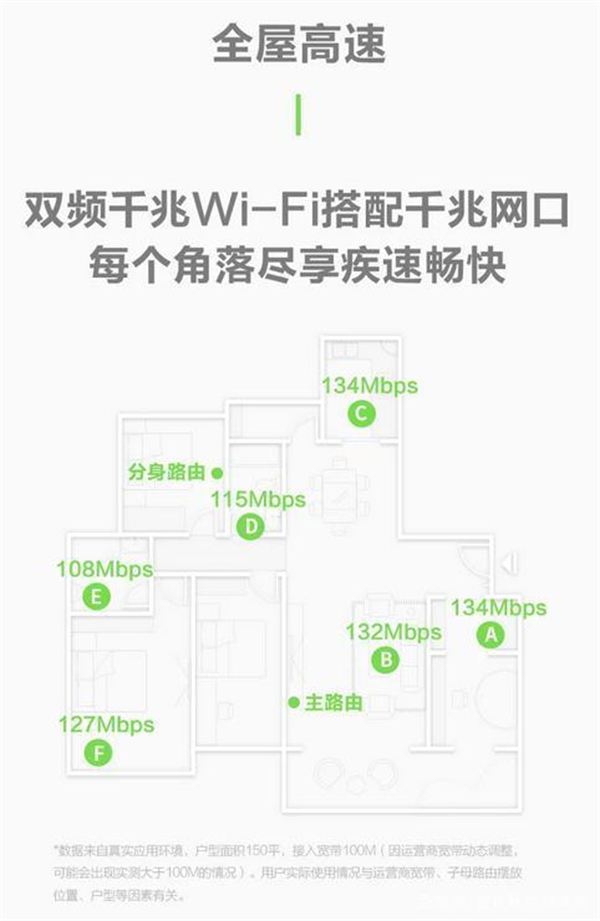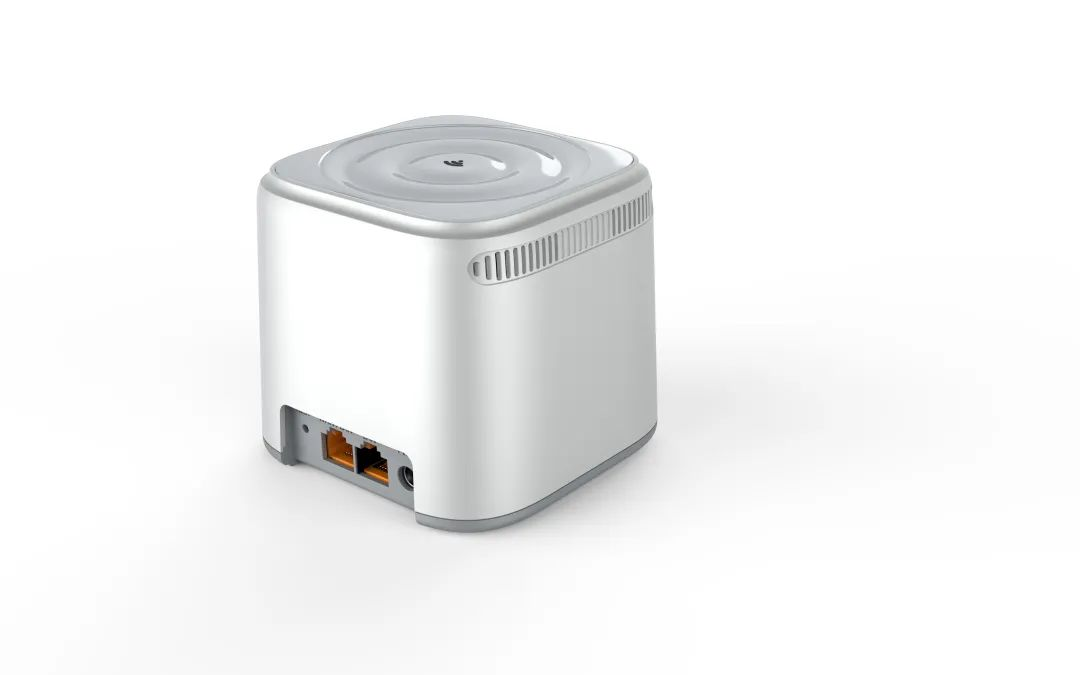WiFi6, MESH, 5G dual-band and other related router terms are increasingly appearing in front of consumers, so what do they represent?
- How should we choose?
Let us answer them one by one.
As many new smartphones this year support WiFi6 one after another, most domestic manufacturers have also released WiFi6 routing products one after another.
Compared with the previous generation, WiFi6 has a higher transmission rate. Official data shows that the theoretical speed can be as high as 9.6Gbps. In addition, it also has a wider operating frequency range, the highest modulation, MCS range, and compatible uplink and downlink MU-MIMO and OFDMA.
2 5G Dual Band Router
It refers to the wireless signal that can provide two frequency bands of 2.4GHz and 5.8GHz at the same time. Compared with the 2.4GHz wireless network used by most users, the dual-band effectively solves the problem of network congestion and interference in the single 2.4GHz band. Poor wireless signal, network freezes, and frequent disconnections are common symptoms of network congestion.
In addition, in the 5.8GHz frequency band, the router has 22 non-interfering channels, which greatly exceeds the number of non-interfering channels in 2.4GHz. Just like a highway with only 3 lanes and a highway with 22 lanes, which one is more unobstructed is self-evident. Moreover, compared with the 2.4GHz frequency band, which is easily affected by interference sources such as microwave ovens and wireless devices, the 5GHz frequency band can greatly reduce such interference and greatly improve the quality of wireless networks.
Compared with the first two routing technologies, MESH can be said to be a “subversion” of routing products, solving the “last mile” problem of routers. MESH has an interesting alias of “multi-hop” network, which vividly indicates that WiFi signal is based on wireless relay and bridging technology. It meets the needs of many large and complex households to solve WiFi dead ends.
It is worth mentioning that MESH does not conflict with the first two technologies, and can be implemented in one device at the same time, such as WE2811, the most popular Mesh distributed + dual-band routing product on the market. Based on MESH technology, WE2811 can be used freely with the main route by adding a separate route at the location where you want to expand the network. At the same time, the multi-channel signals of the main route and the secondary route will be merged into one WiFi name, which achieves “non-inductive” WiFi switching.
What is even more eye-catching is that on the basis of dual-band work, the WE5811 router is more intelligent. Not only can you understand the Internet access requirements and status of mobile phones, computers and other devices in real time, intelligently select the ideal wireless network frequency band for device connection, but also intelligently allocate the WiFi network speed of different devices. For example, when the user is playing games, the device can obtain more network speed allocation than other Internet access devices, so that the data transmission “cuts the corner” and the Internet access is faster.
The above is what we bring to you about WiFi6, dual-band, MESH science. If you want to be the first batch of people to eat crabs and experience WiFi6 (of course it costs a lot), it is recommended to upgrade your home network and buy foreign brands with more mature technology. For home users who are still in the network below the precursor, MESH is a good choice, especially when covering large apartments, the advantages are obvious and it is worth recommending.
Post time: Apr-15-2022


